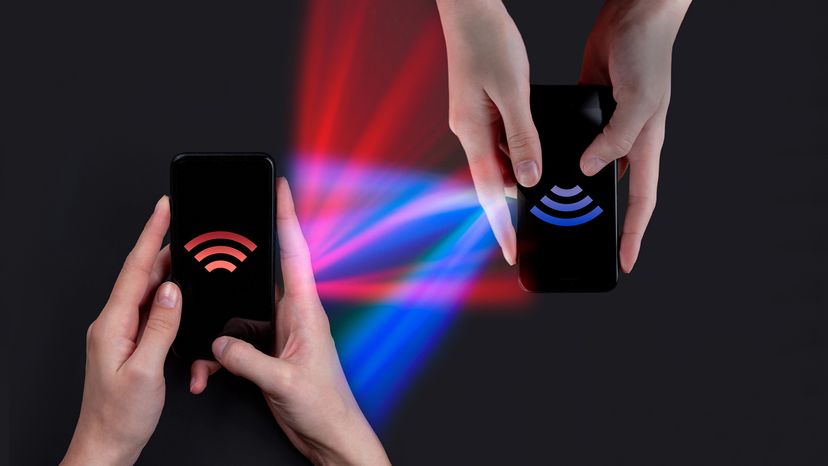Now that you've laid the ground work, it's time to start transferring data. Whether you've chose cloud transferring, or chose to invest in direct connection hardware, this detailed guide will ensure a smooth and successful data migration.
Step 1: Back up Your Data
A step so important that it's worth mentioning twice! Again, before starting your transfer, you're advised to back up your data to a third location [source: Pathak]. This can be done using cloud services, a dedicated backup app, or external storage devices.
Step 2: Begin Migrating Data
To begin the transfer, you're going to want to adhere to the instructions provided to you by the app, cloud service, or operating system. The process can vary slightly, but it mostly involves following a series of on-screen instructions and sitting around.
Step 3: Verify the Transfer
Once the transfer is complete, check through your new device to verify that all of the data from your old phone made it over to your new one. Look through your contacts, photos, messages, apps, and emails, and make note of anything that might be missing.
Step 4: Finalizing the Setup
Now that your data is transferred, you can finish setting up your new device. This includes logging into apps, setting up accounts, and customizing the settings to your liking.
